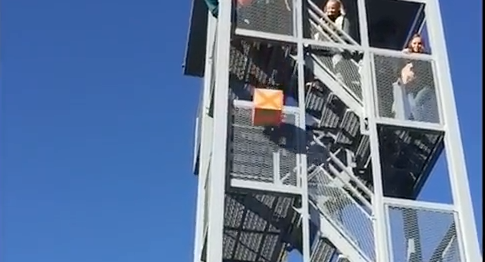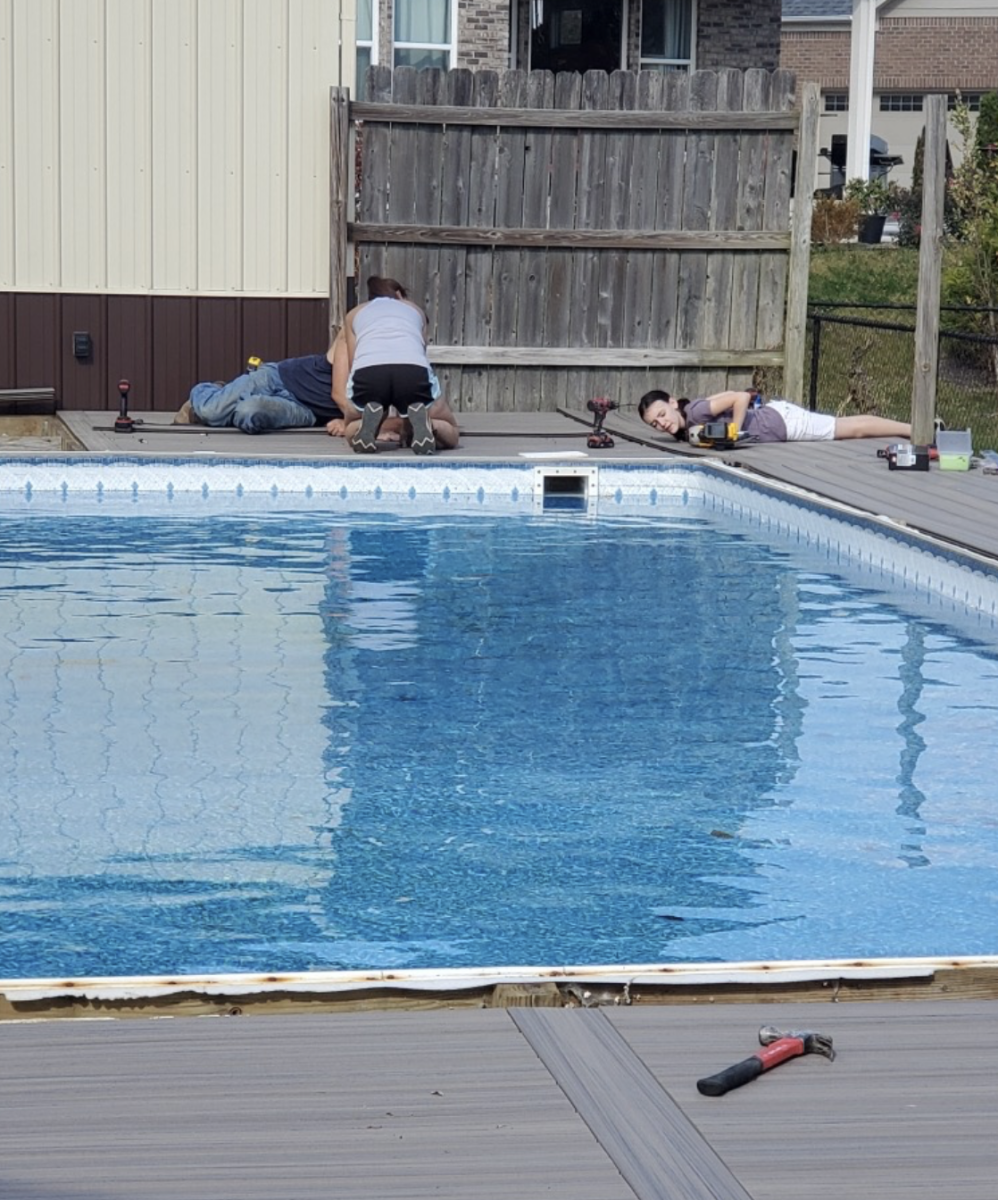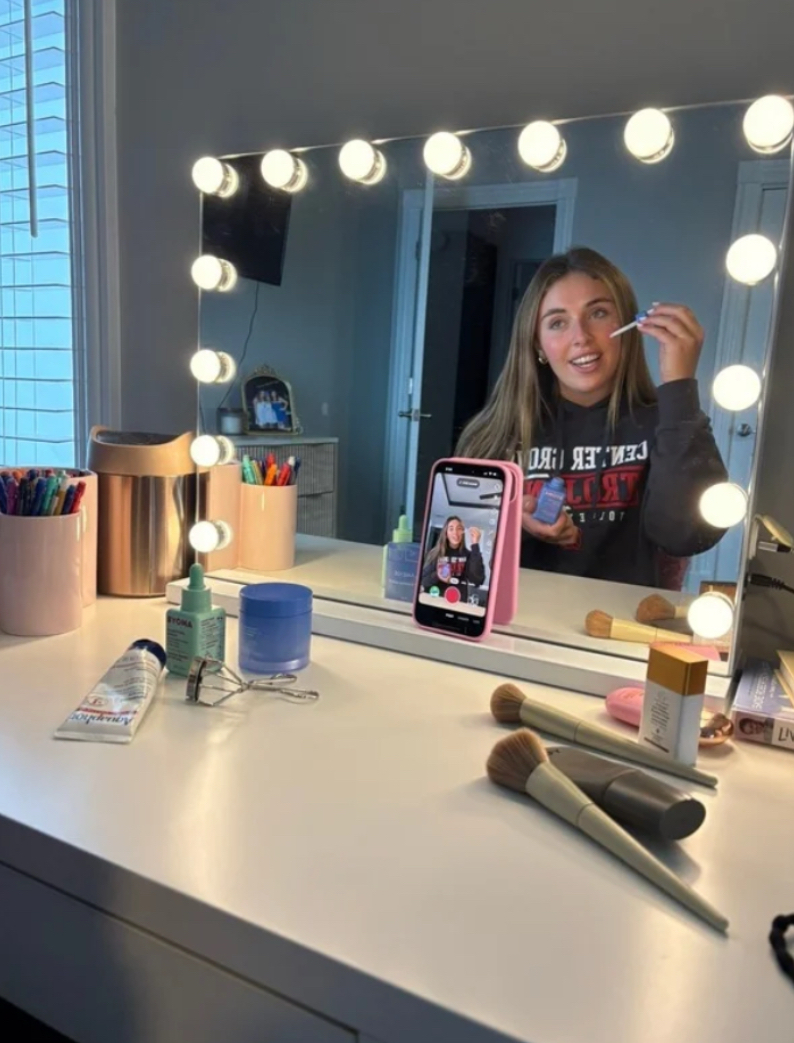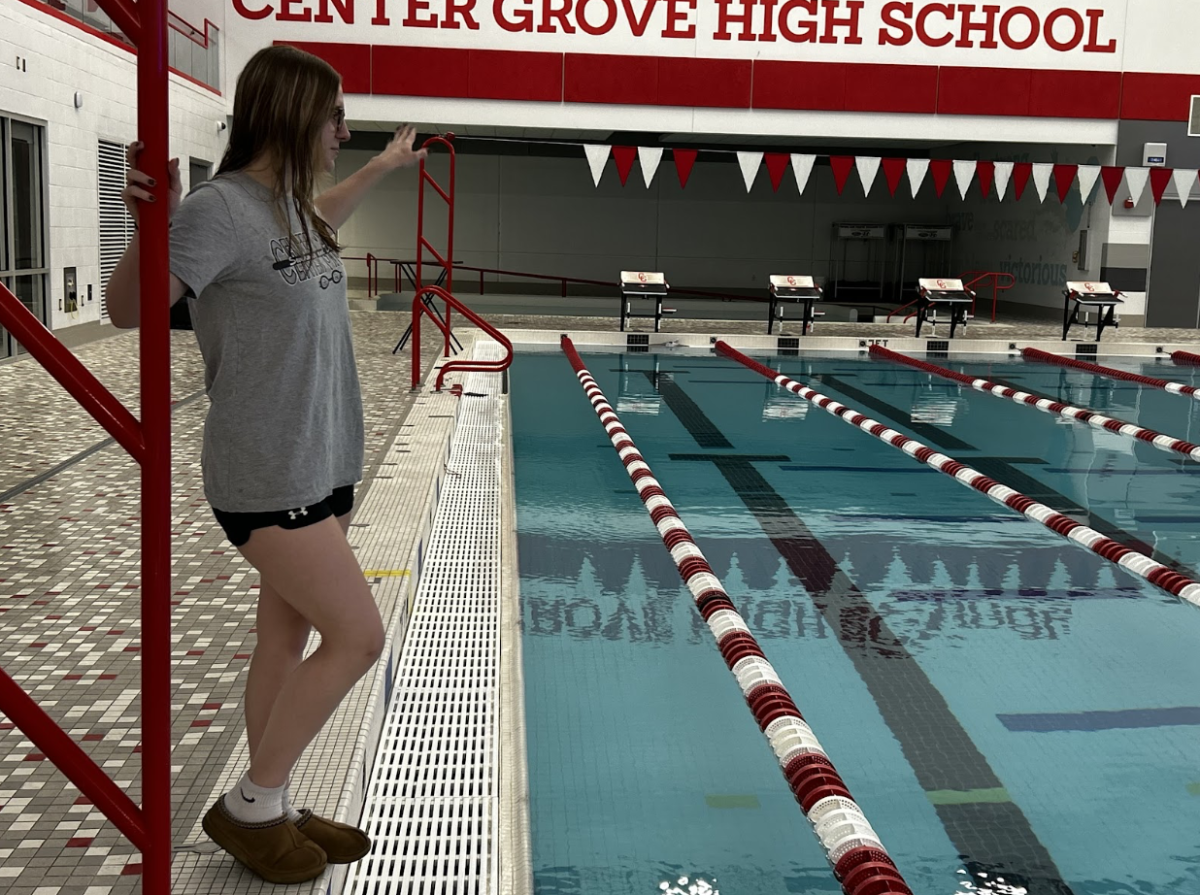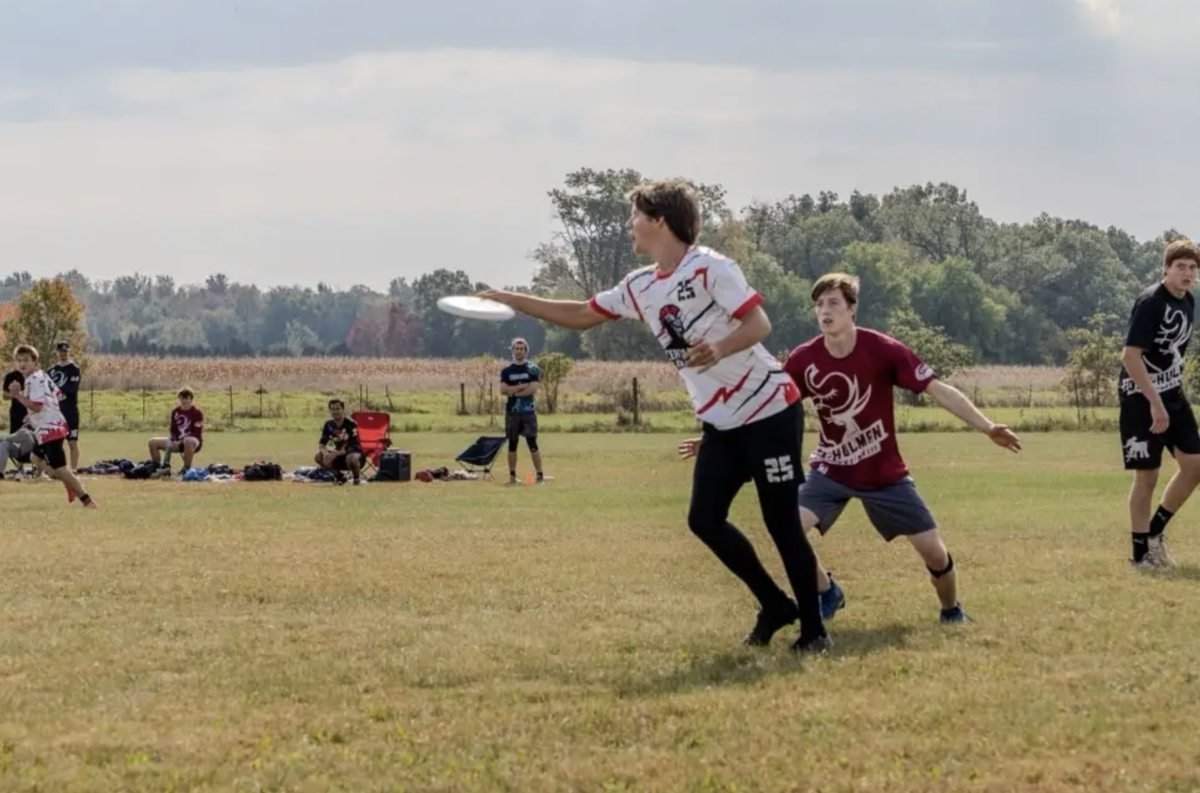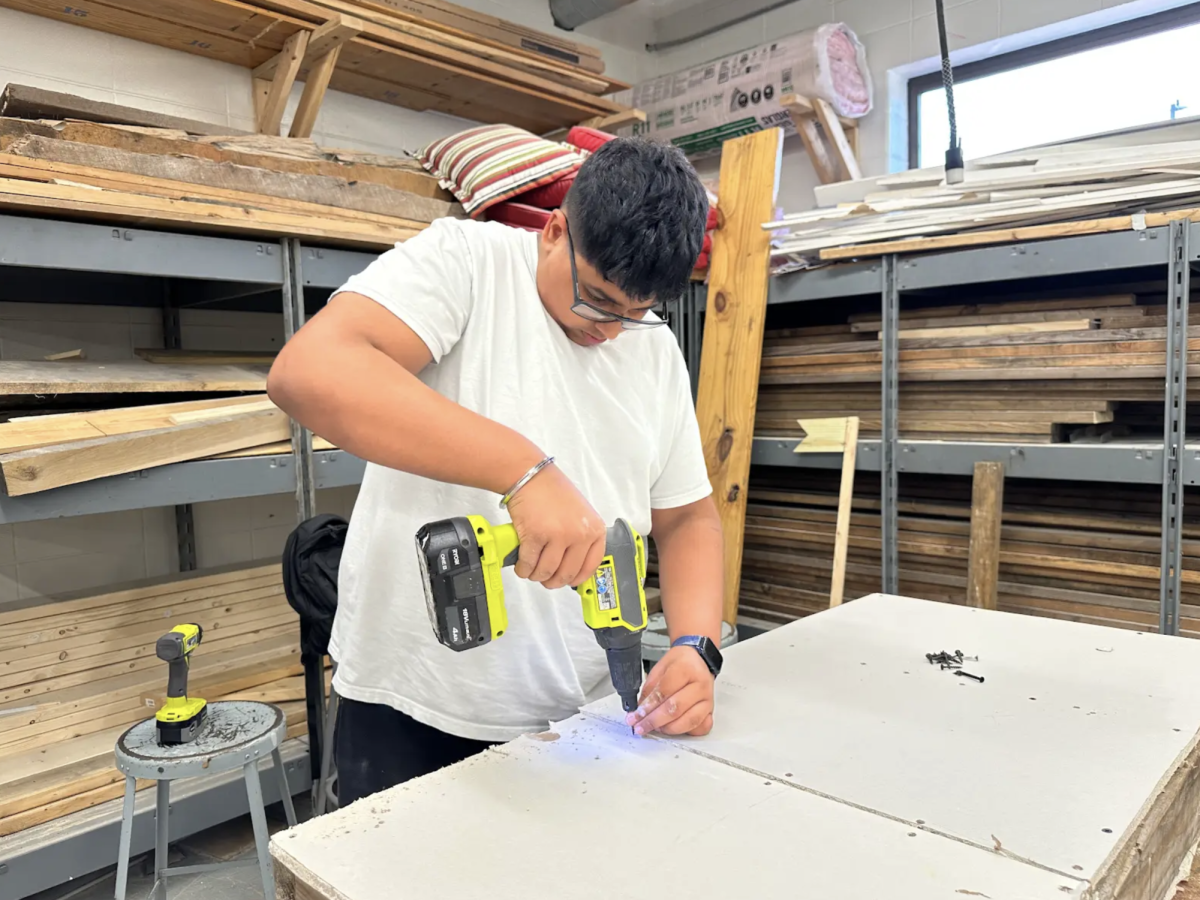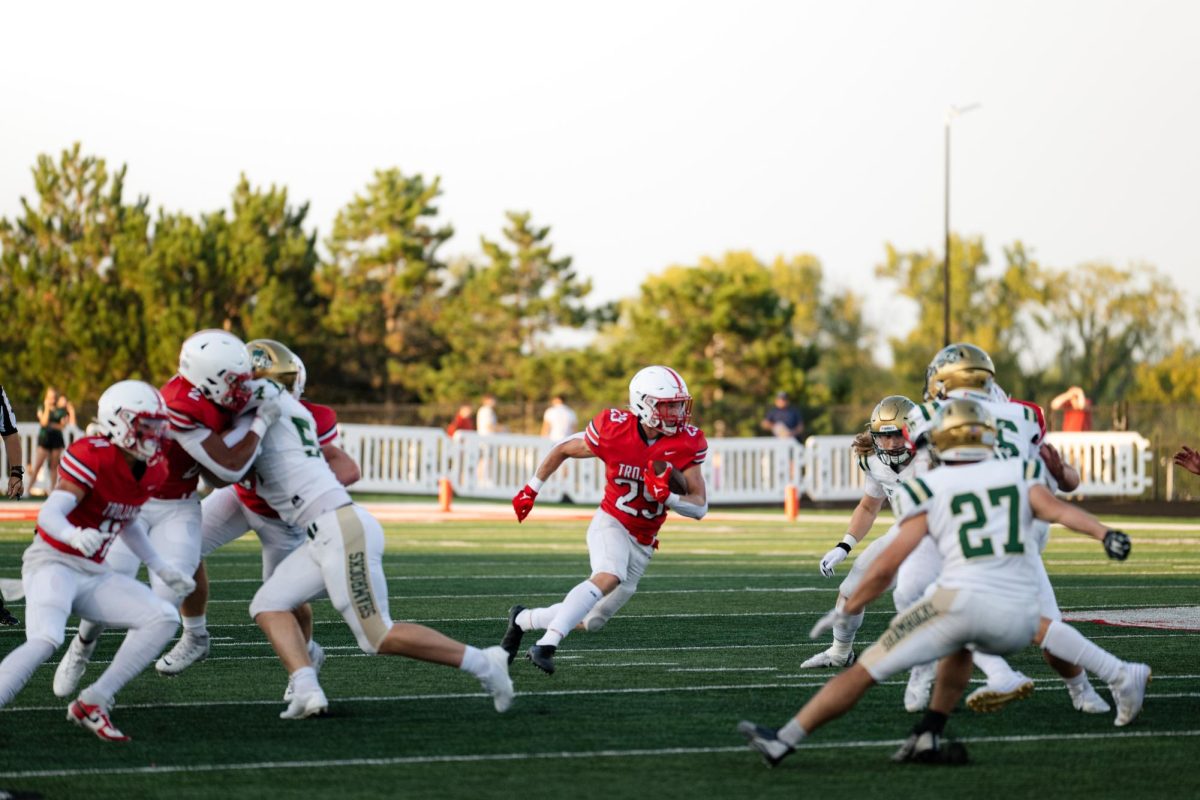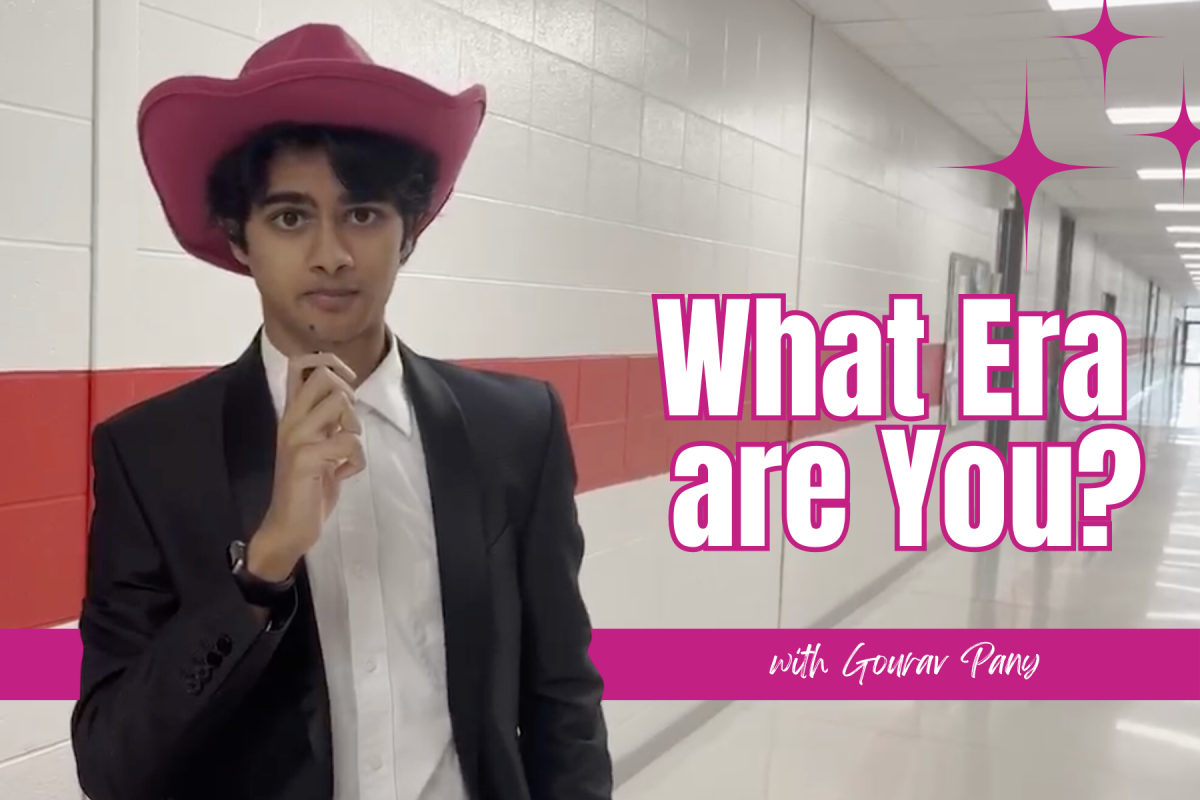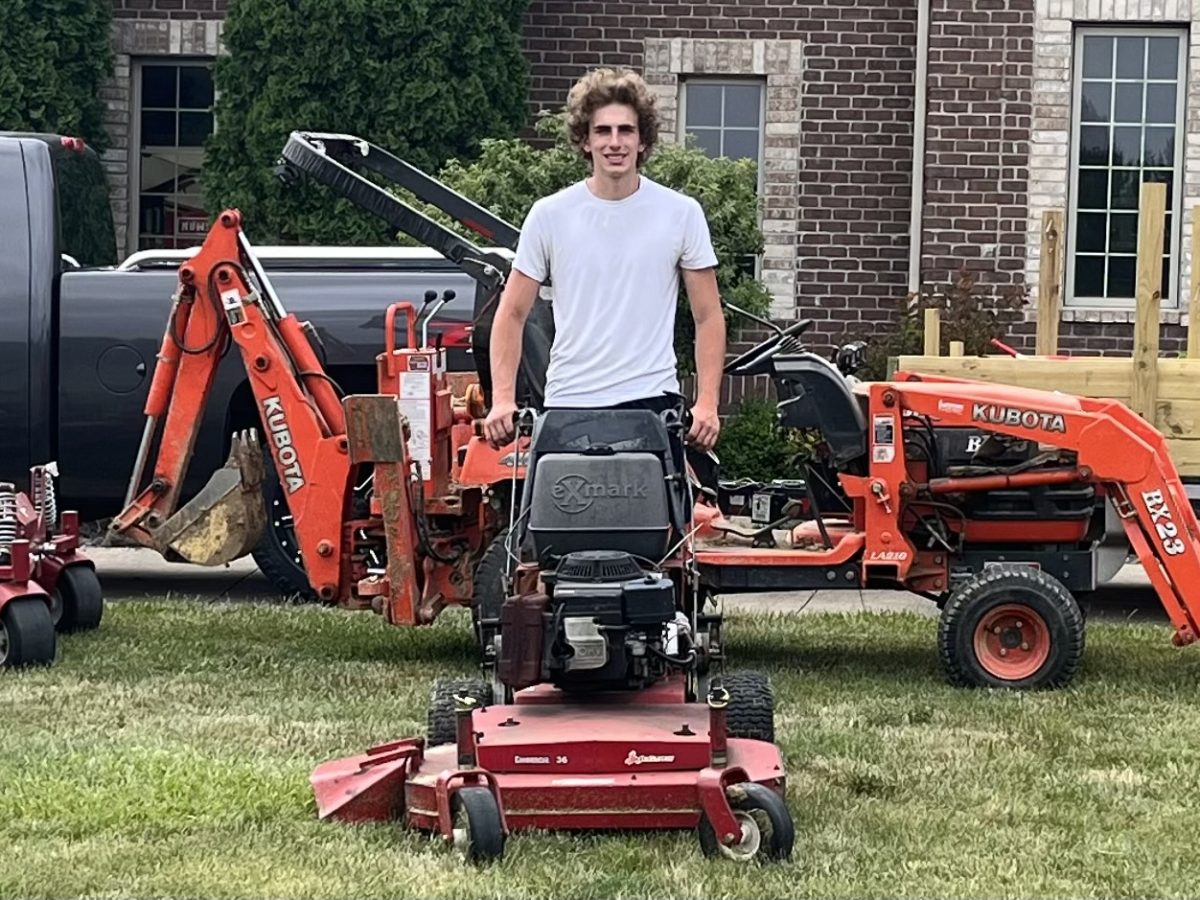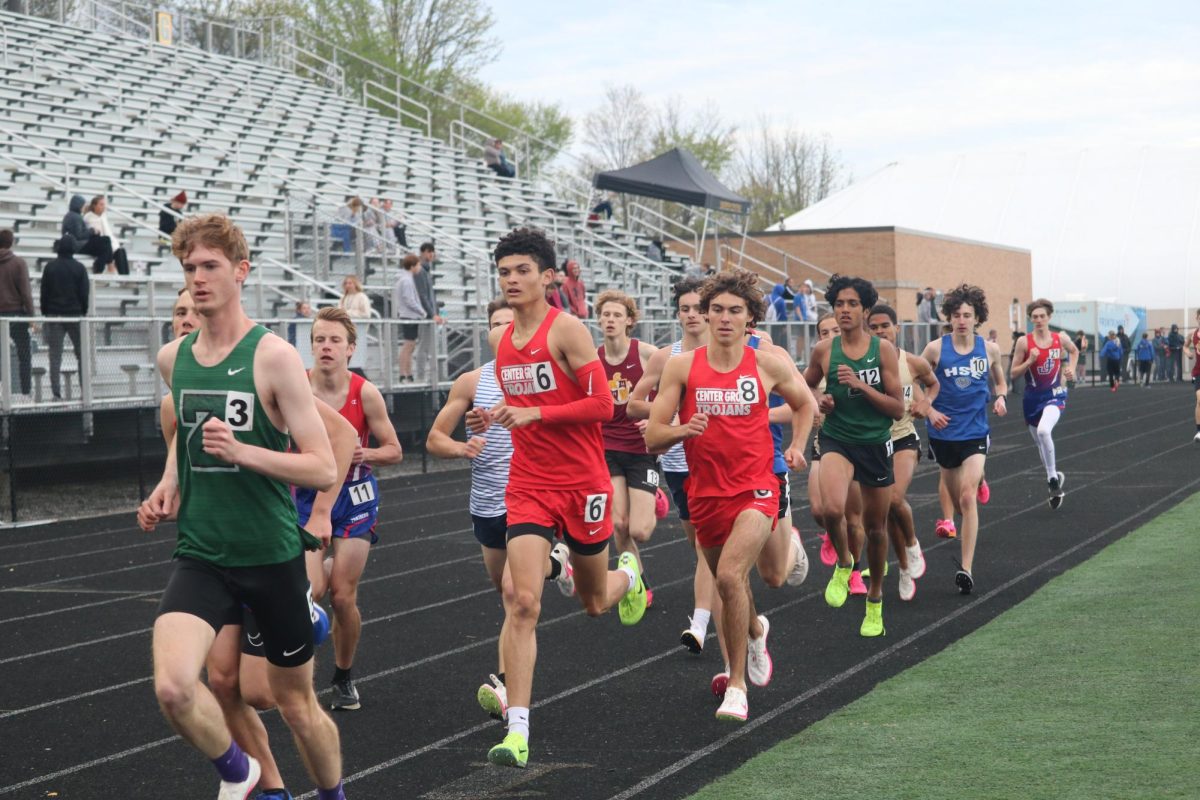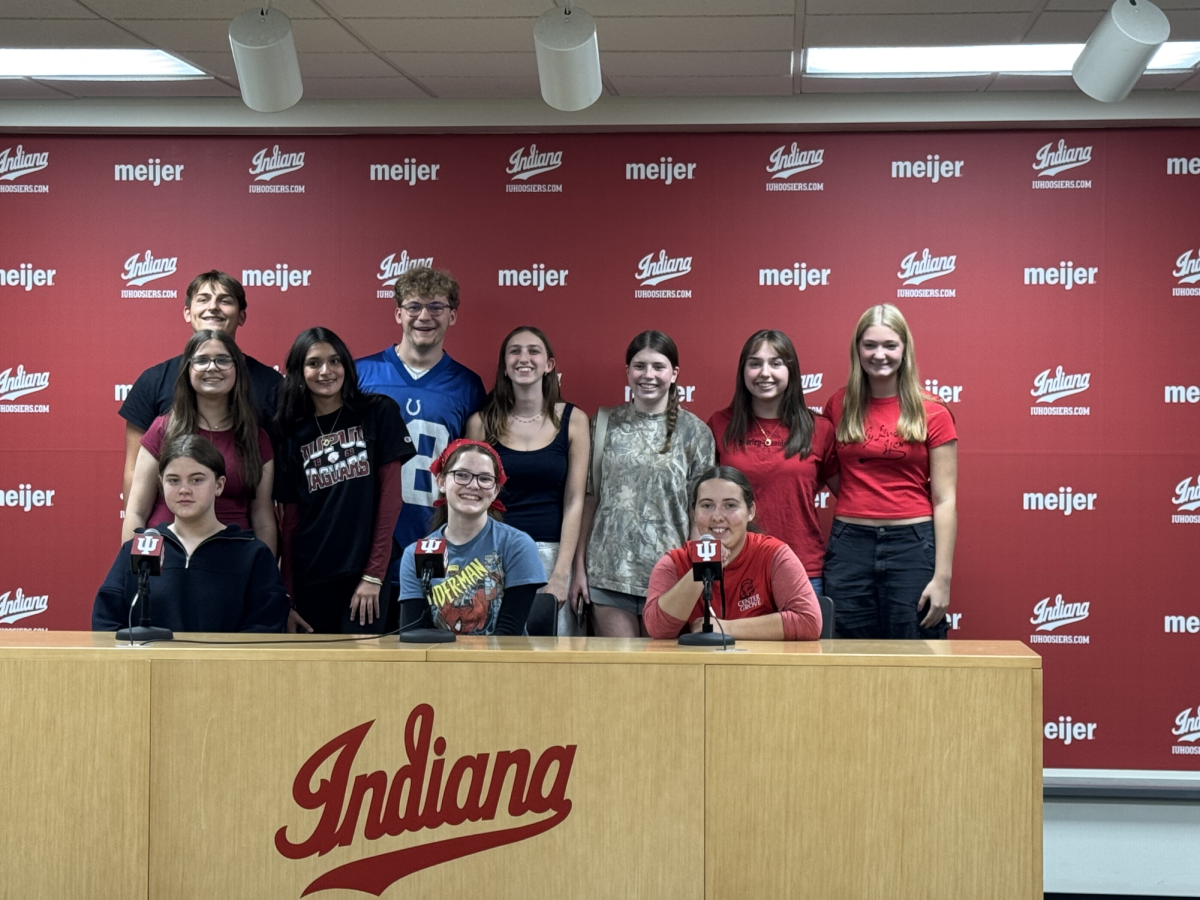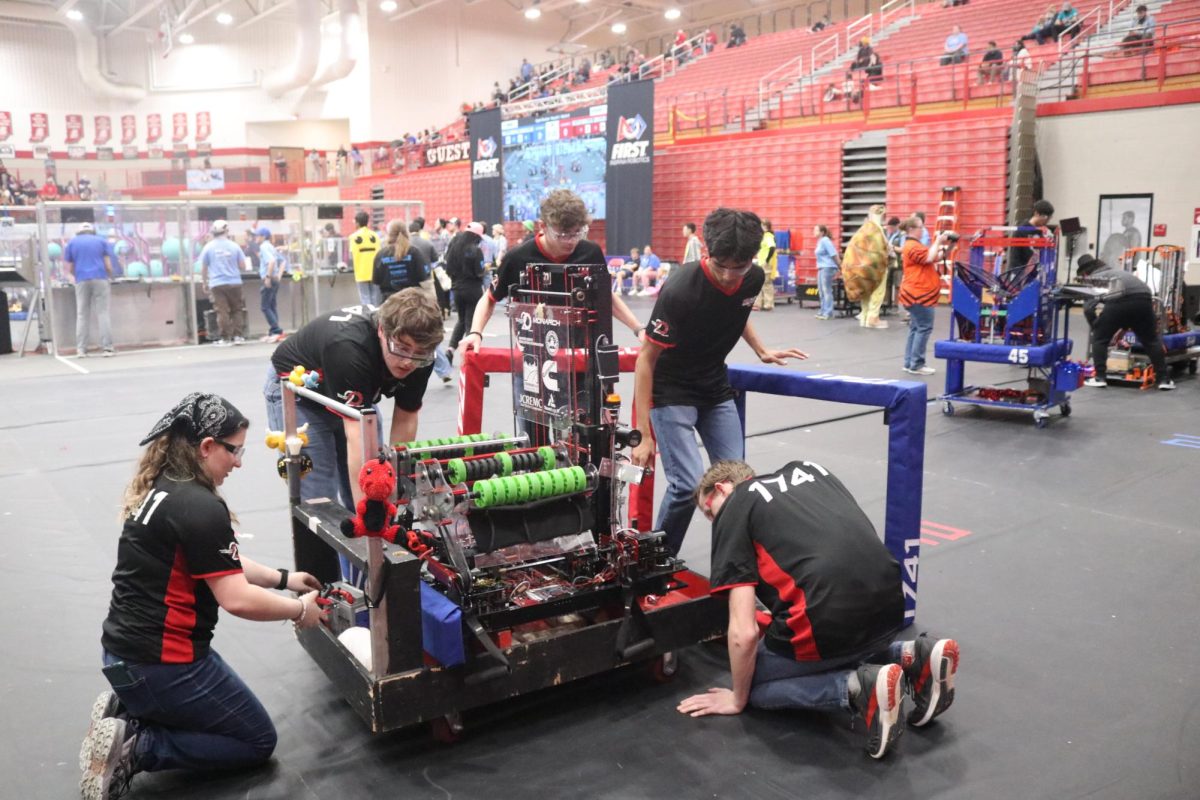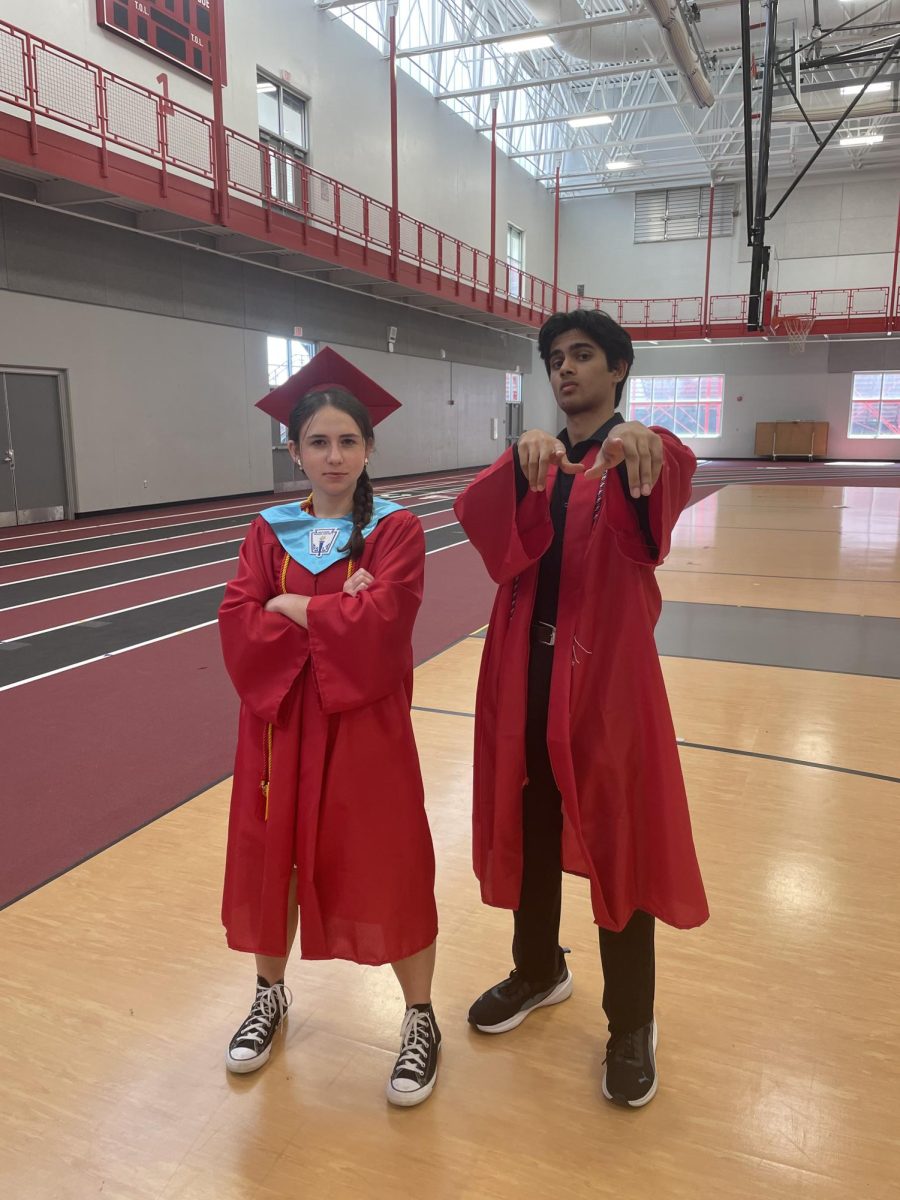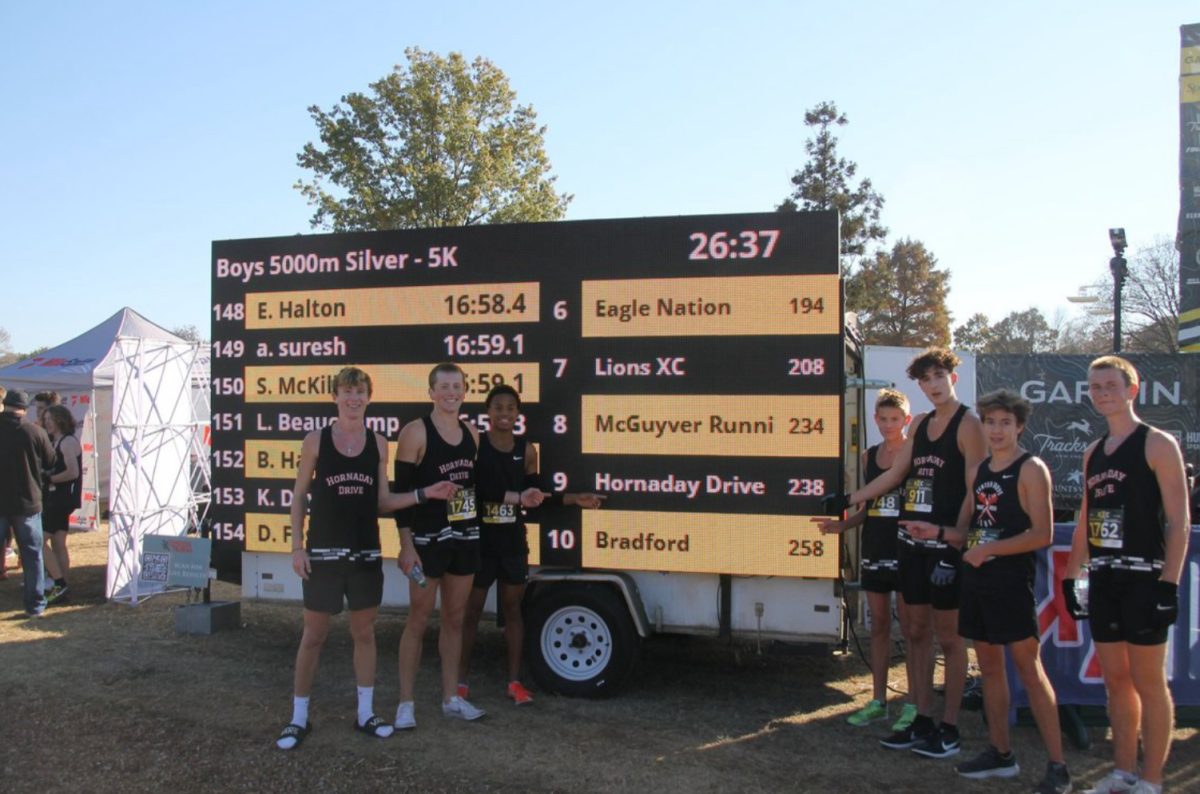By: Madison Schnurpel
The device drops, the room goes silent, and, Splat!, the egg breaks, sending yolk across the floor of the classroom. For some unfortunate souls, this was the experience they had when it came to their Egg Drop Lab this week in Physics.
“Design a contraption that won’t break an egg,” physics teacher Anne Elsner said when asked what the goal of the Egg Drop Lab was.
The lab, a kick-off to the Momentum and Impulse unit in the class, gave students the opportunity to explore the forces of physics in a way designed to make it fun and enjoyable. It was intended to allow a smaller scale example of real-life applied physics.
“[The lab] simulates how cars are designed to protect passengers,” Elsner said.

Students learned about forces and momentum prior to the lab that they applied to their planning for construction. They were given one class period to plan, one to build and one to test their contraptions, which caused problems for some students.
“[The main issue was] time practically. Also, it was frustrating being limited to certain criteria, so we obviously had to work around that,” senior Emma Franco said.
Not only were the students limited on time, but they were also not allowed to build devices such as a parachute or ones that contained the egg as if it was a shipped good. The strict constraints were intended to give the students opportunity to learn lessons outside of the realm of physics.
“When you’re working in a team, you are always building life skills. The ability to collaborate between peers is extremely valuable and will serve me throughout life,” junior Cory Snyder said.
As the partners worked together, they had to make sure they were always on the same page and in agreeance, or their project may not have been successful. When it came time to test, groups observed one another to compare their final products.
“I kept watching the others go and, as they all cycled through, I was watching for what was working and what wasn’t to predict if ours would work” junior Ashlyn Zoss said.
The testing day was when the lab became a competition. Groups competed to see who’s contraption could protect the egg when it was dropped from the ceiling, halfway up the band tower and from the top of the band tower.
“I enjoyed a friendly competition between groups to decide who could protect their egg from a higher height,” Snyder said

regarding the challenge faced.
Chaos filled the room as exasperated reactions followed triumphs or failures with eggs. While some groups were able to focus on the competition, others had to focus on their main goal: protecting their egg from the first height.
“We were all stressed over whether it would work or not,” Zoss said.
Most groups in the class were able to survive the first drop. Once the testing was done, they needed to write a formal lab report over their findings, and how they felt about the experiment as a whole.
“I enjoy doing this project because it gives students an opportunity to create something on their own while still applicable to the physics concepts we are talking about. Plus the reaction to successes/failures is priceless,” Elsner said when asked about why she continues to assign this lab.
This physics project is one that many people have seen in movies and tv shows, but not many understand the science behind. It is clear that there is depth to this lab, and, for that, it will continue to enrich the mind of high schoolers yet to come.


